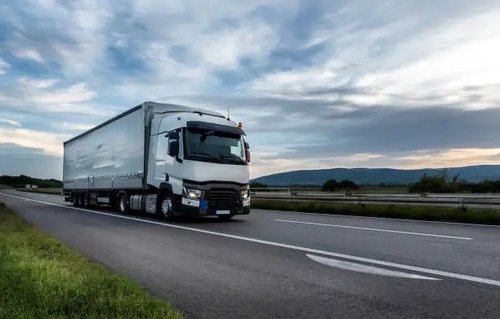CO2 standards for heavy-duty vehicles: the bumpy road to a Council general approach

What issues were discussed in the Environment Council's scrutiny of the general approach on the CO2 for HDVs Regulation? Read this blog post to understand the intricacies of the final compromise text.
What issues were discussed in the Environment Council's scrutiny of the general approach on the CO2 for HDVs Regulation? Read this blog post to understand the intricacies of the final compromise text.
The contentious legislation setting CO2 standards for heavy-duty vehicles (HDV) was debated by the Environment Council on 16 October. The Council’s general approach on the file came under fire during the public debate, forcing ministers to convene for behind-closed-door negotiations and cut the discussion into three rounds. Thanks to the delicate line tread by the Spanish Presidency to appease as many of the Member States’ concerns as possible, a final compromise was ultimately reached.
The final text maintains the Commission’s proposed headline targets for 2030 (45%), 2035 (65%) and 2040 (90%). It expands the scope to two more categories of HDV, and takes into consideration the specificities of extra-heavy combinations (EHC), particularly regarding their energy efficiency. The CO2 emissions threshold in the definition of zero-emission vehicles (ZEV) has been lowered, though not sufficiently as to exclude hydrogen-fuelled vehicles, which emit low levels of CO2. Member States also agreed to halve the target for semi-trailers from 15% to 7.5%.
The proposed 100% emissions-reduction target for 2030 for urban buses came against tough opposition from ministers. The final compromise sees this deadline pushed to 2035, with a new intermediate target of 85% in 2030. Inter-urban buses have been exempted. In addition, to simplify the public procurement process, the text clarifies the assessment criteria for the security of supply of urban buses.
Italy’s proposal to include a Carbon Correction Factor (CCF) generated much debate. Advocates hailed it as a useful tool in the transition to cleaner technologies, especially in accommodating e-fuels, whilst opponents highlighted the risks of loopholes and circumvention of rules. Ultimately, the CCF will have to be considered by the Commission in its review.
The amendment bringing the review clause forward from 2028 to 2027 was widely received, though several delegations also called for particular focus on progress in the deployment of alternative fuels recharging and refuelling infrastructure, including in third countries, and, crucially, the role of e-fuels. The Commission pledged to consider these aspects, provided that e-fuel technology was adequately developed by that time.
Want to know more? Here is our full summary of Monday's debate in the Environment Council.
